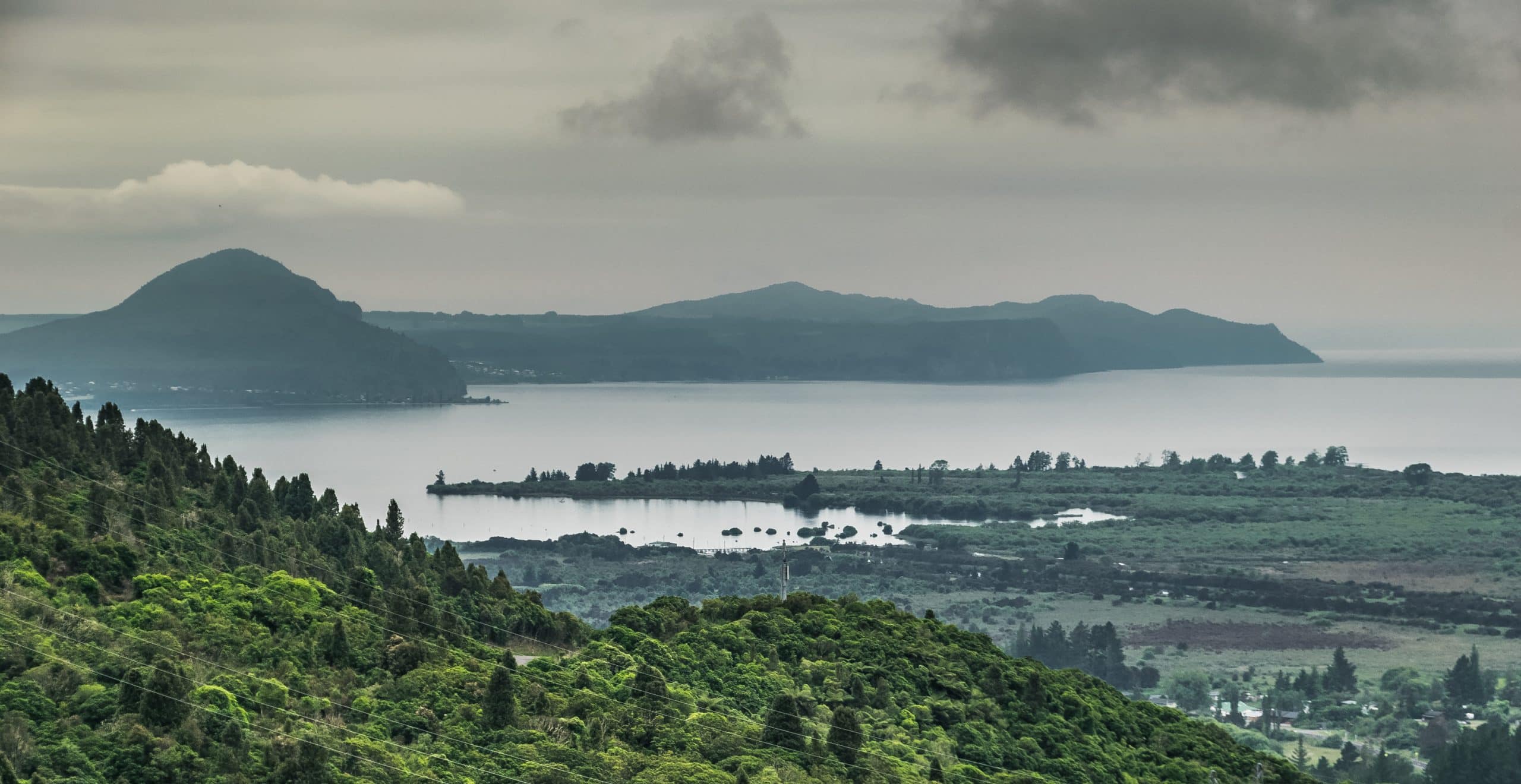The supervolcano, defined as a volcano that has had an eruption of magnitude 8 on the Volcano Explosivity Index, is located underneath New Zealand’s Lake Taupō.
The lake is situated in New Zealand’s north island, sitting within a volcano’s giant caldera, a large cauldron hollow that forms after a magma chamber is emptied in an eruption.
The water is 10km above the magma chamber of the volcano which has erupted 25 times in the last 12,000 years, though the most recent one was hundreds of years ago.
According to research in the New Zealand Journal of Geology, that last eruption in the year 232 AD was “one of Earth’s most explosive eruptions in historic times”.
The authors examined the geological surveys that have been done around the lake for decades and analysed the data to show how the volcano has been acting over time.
Researchers have been investigating areas around the lake for up to 42 years to better understand the volcano.
The rumbling of the volcano was found to have caused slow deformation to the lakebed, due to its magma movement and tectonic activity.

“Long periods of slow deformation, dominated by subsidence totalling 140 mm in the Taupō Fault Belt at the northern end of the lake, and to a lesser degree at the southern end, are interrupted by uplift episodes now reaching 160 mm in the northeastern sector containing the most recent active vents.
“We suggest that the subsidence is primarily tectonic while inflation episodes are driven by upward migration of magma to shallow levels during periods of unrest.”
Co-author Finn Illsley-Kemp told the New Zealand Herald in 2021 that the volcano is not erupting any time soon, but it eventually will and this work is important to recognise when it will.
“While we found that Taupō was in a state of volcanic unrest, we saw no evidence which suggested that it was close to eruption,” he said.
“However, Taupō will most likely erupt at some stage over the next few thousand years – and so it’s important that we monitor and understand these unrest periods so that we can quickly identify any signs which might indicate a forthcoming eruption.”






